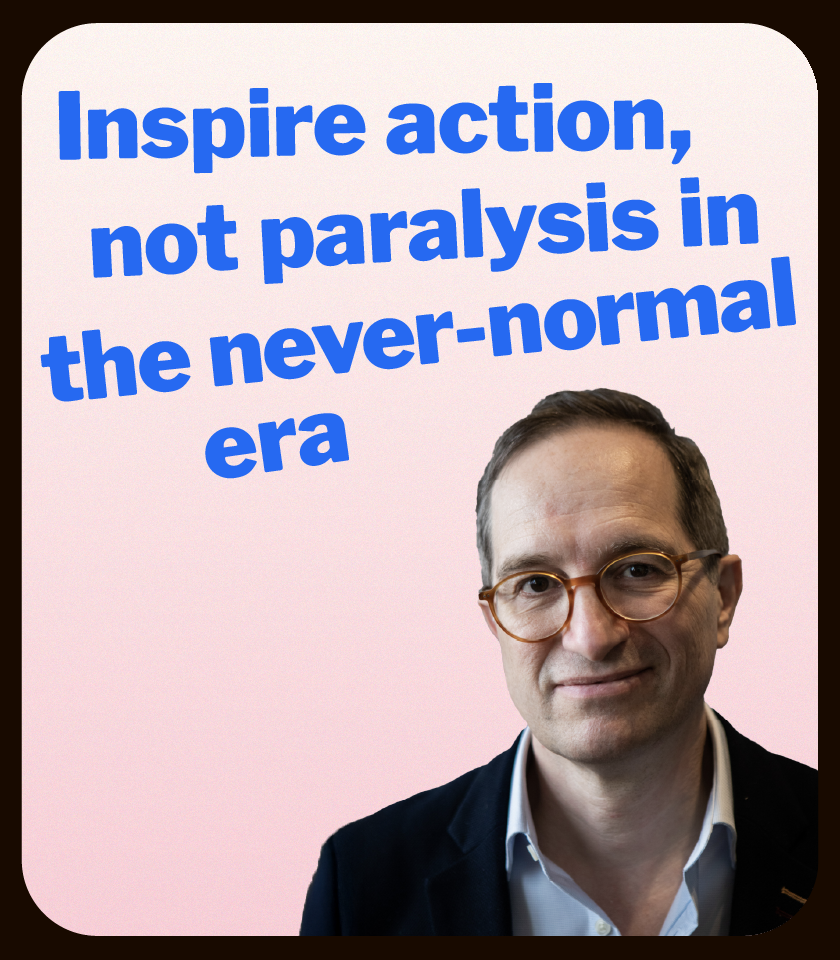Remember those moments as a child when you saw something exciting and the first words out of your mouth were,” Can I hold it?” or “I wanna play with that!” In today’s saturated digital landscape, creating these kinds of curious moments for adults is a sure-fire way for your brand to stand out and start a conversation.
We’ve lived in the digital age for over four decades. Social platforms have long been tapping into a constant stream of relatable, funny, and pop culture-based content – but lately – a new trend is on the rise. Computer Generated Imagery (CGI) is finally making an appearance in social media marketing campaigns. Companies including Maybelline, Jacquemus, and Zara are some of the top-viewed viral concepts. Taking vast exaggeration to their products’ functionality and placing it in real-world scenes.
“Wait, is that CGI?”
If you’re familiar with CGI in on-screen entertainment, Avatar: The Way of Water (the one with the blue people), is a great example – and there’s a reason we had to wait 13 years for it. The technology behind CGI is highly meticulous work – but the spectacle is often worth it. CGI can be the perfect conduit for your brand to experiment with new product packaging or build a new storefront. Real-life placement without having to actually produce the full-blown result not only saves money but looks cool too.
This type of digital advertising is fresh ‘n’ flashy … but how does it stand up to more traditional methods of experiential marketing? Many CGI-based campaigns have no author or way to track back to the creator – leaving most of the world to believe these campaigns are real. One of the most popular campaigns, by Maybelline, shows what looked like a 3D mascara wand brushing against an eyelash on a moving subway. An innovative concept to accentuate such a mundane act. The risk? What keeps a company from using this animated technology to alter the functionality of a product and/or misleading clients looking to experience one of these activations in person? This rise of creativity without accountability could come back to bite brands if they’re not careful. Once you lose consumer trust, it’s tough to get it back.
The opportunity: using CGI to boost in-person experiences
Experiential marketing isn’t a new concept – making it ripe for an upgrade. Most of us have our eyes glued to our screens, so how do we get people off of their phones and into the real world? Using CGI to enhance a real-world experience could help consumers look up from their devices and give your brand their full attention. Studies show 85% of brands saw an increase in product/service sales after hosting a live marketing campaign. (Zipdo) Everyone knows that the best part about shopping at Costco is the free samples. And, more often than not, those tasty Swedish meatballs end up in your cart. It’s simple, but experiential marketing hits (and tastes) better than a banner ad. Think how taking a similar approach could multiply the impact of your marketing efforts.
How’s this look in practice? Picture this: In preparation for a championship game, we can place a CGI animation of a massive DUDE Wipes-branded toilet over the stadium with the copy, “Win or lose, someone’s gotta be #2.” After posting the animation to Instagram, we can give our audience a chance to get in on the action by recreating that huge toilet with a superfan photobooth. Or, we offer a premium pop-up bathroom where fans can bypass stadium bathrooms and sample DUDE Wipes products in peace. Most brands focus on online experiences, but why not use digital and experiential together for the ultimate 1-2 flush?
What now?
Only a few brands have truly begun breaking into the world of CGI advertising. Whether you’re tapping CGI to drive reach, trial, or sales – being an early adopter of this viral trend could be a huge payoff. However, many of these campaigns are loud statements of how brands are willing to invest digitally versus real-world activities. To truly engage emerging markets, we suggest being the brand that goes beyond digital. In-person brand experiences not only delight those who seek them out (or stumble into them) – but with 98% of participants capturing content while attending live events, it’s an incredible opportunity for your brand to start a conversation. (PR Newswire) Our advice? Create a memorable digital experience that drives your audience to a shareable in-person activation. Your brand may just become our industry’s next great case study.




.png)



